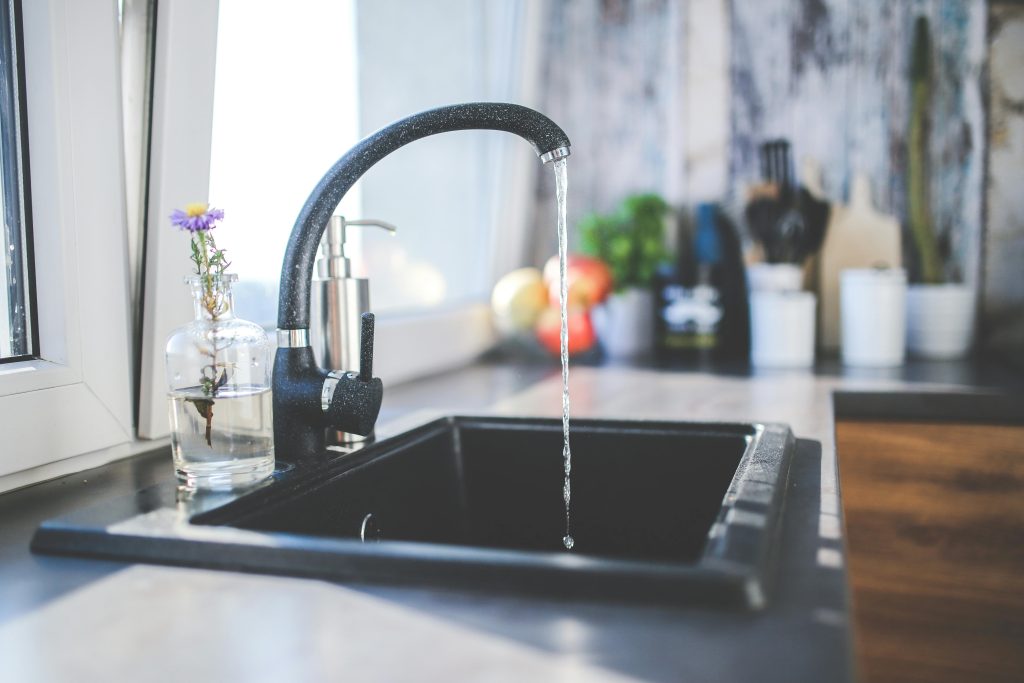All fields are required
Posted in E. coli,Food Safety,Our Blog on August 24, 2024

Some trends just leave me shaking my head and wondering where we are headed as a nation with the world at our fingertips. There is apparently a trend where people are making a viral “sink drink” which led me to having to look this up and my goodness was I shocked to see what this entails. We all know social media is an ever changing whirlwind of trendy things and people literally sharing their entire worlds on live stream often 24/7 to garner attention and self made fame. So what is the sink drink?
The viral clip, posted by popular content creator Tipsy Bartender, shows a unique drink recipe. He is seen pouring several sliced fruits into his kitchen basin along with a bag full of ice, followed by pouring multiple bottles of alcohol, including tequila, wine and cans of tonic water and juices. After mixing the concoction, he fills a glass and goes on to drink it. This left many viewers of the popular bartender wondering what in the world was happening right before their eyes. People commented in masses in shock and awe but others were left wondering was this a mere publicity stunt. We know that some people copied this to see what would happen or often to mimic the video and get their own attention.
A lot of people wondered if the sink was clean while some people just assumed it was unclean and said they would never try it.
Recently, an expert came out to warn against consuming this viral drink directly from the sink. Dr Gareth Nye, a Program Lead for Medical Science, said that doing this in the kitchen sink is one of the most dangerous places in the home in terms of germs one might come in contact with. The doctor says, “The kitchen sink is normally considered one of the riskiest places in the kitchen as it’s the place we deposit cooked and uncooked food waste, and wash our hands in after touching raw meats and other spillages,” as quoted by LADbible.
The doctor further stated that, according to a National Sanitation Foundation survey, 45 percent of kitchen sinks tested positive for coliform bacteria such as E. coli, and 27 percent contained molds, which have been linked to allergic reactions and respiratory problems.
Escherichia coli (E. coli) is a group of bacteria that normally lives in the gut (gastrointestinal/GI tract) of healthy people and animals. The type that lives in your GI tract usually doesn’t hurt you — it even helps you digest your food. But under certain circumstances, many strains (types) of E. coli can make you sick. Many of the strains that cause infection can adhere (stick) to your cells and release toxins.
An E. coli infection is any illness you get from strains of E. coli bacteria. For instance, there are harmful strains of E. coli that cause watery diarrhea, stomach pain and other digestive symptoms (gastroenteritis) if you accidentally ingest them. These are sometimes called diarrheagenic E. coli, and they’re often what people mean when they talk about E. coli infections. But the E. coli that usually live in your gut can also get in places they’re not supposed to be (like your urinary tract). This causes an E. coli infection there.
Many strains of E. coli cause mild infections. But some strains, like those that produce Shiga toxin, can cause serious illness, including kidney damage.
There are about 265,000 Shiga toxin-producing E. coli (STEC) infections each year in the U.S. STEC is the most common cause of E. coli outbreaks and serious illness from E. coli in the U.S.
Watery diarrhea is usually the first symptom of an E. coli infection in your GI tract. You can also have different symptoms depending on where in your body you’re infected.
If E. coli infects parts of your urinary tract, you might have:
You usually develop symptoms of an STEC infection within three to five days after drinking or eating foods contaminated with this E. coli bacteria. Other strains can make you sick within hours. Sometimes, symptoms start up to 10 days after exposure.
Specific tests for E. coli include:
The bottom line of these viral trends is to be very careful as humans can sometimes be very easily manipulated into trying something because it is trendy and looks popular but this can lead to serious health concerns and sometimes even worse depending on your risk factors for certain infections and diseases. Age is also a big key player in these illnesses.
For more information on how to stay safe with viral trends and other food safety news please be sure to follow Make Food Safe.